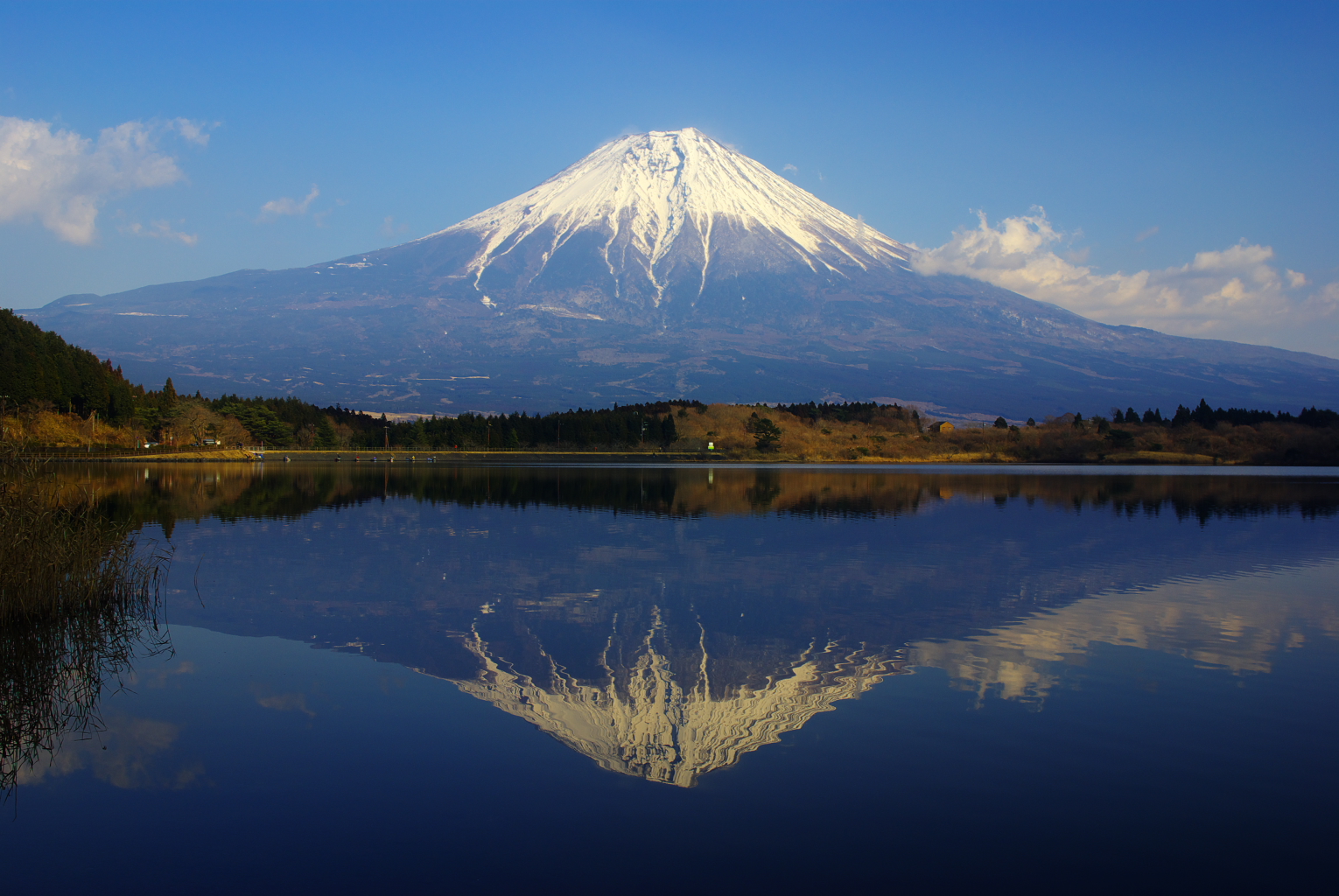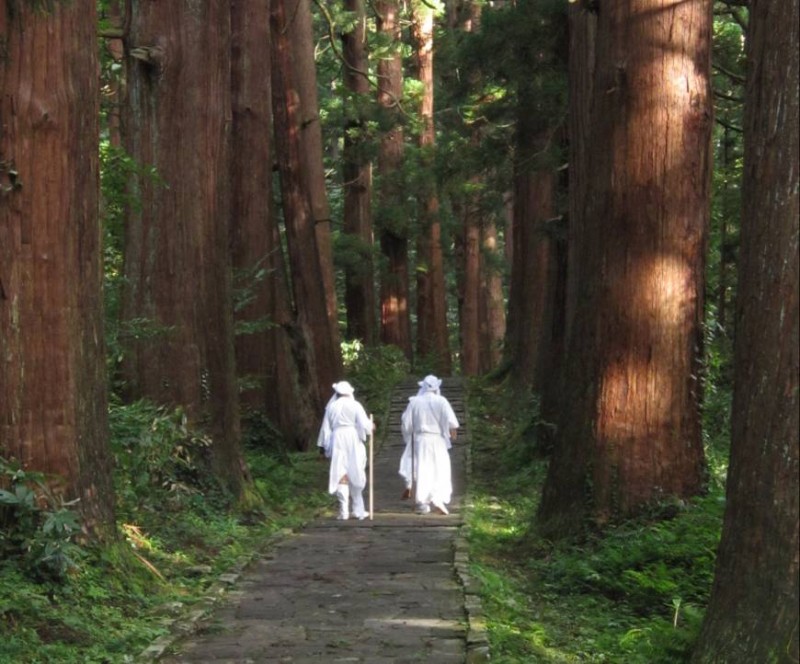 Green Shinto supporter, Ray Barnett, runs a lively blog in which he writes from a Taoist viewpoint of mankind’s relationship with nature. He has also published Earth Wisdom and other books on the subject. In this specially penned piece he notes the appeal of Shinto and Taoism as ancient forms of Immanence (rather than Transcendence) that have unusually survived into the modern world. It was something that struck Joseph Campbell too when he visited Japan in 1956.
Green Shinto supporter, Ray Barnett, runs a lively blog in which he writes from a Taoist viewpoint of mankind’s relationship with nature. He has also published Earth Wisdom and other books on the subject. In this specially penned piece he notes the appeal of Shinto and Taoism as ancient forms of Immanence (rather than Transcendence) that have unusually survived into the modern world. It was something that struck Joseph Campbell too when he visited Japan in 1956.
*****************
“History” has usually meant “history since writing and written records,” but when you include the neolithic you can clearly see 3 Ages of Humans. First is the 10,000 years of the late Paleolithic and entire Neolithic when abundant archaeological evidence indicates nature-venerating cultures sustained by early low-intensity agriculture complementing hunting/gathering/fishing. These were egalitarian cultures where women were honored a bit more than men, cultures where violence was relatively rare–for 10,000 years!! I term this the Age of Immanence, to recognize its this-world, here-and-now worldview.

Then as cities cut themselves off from the natural world with walls, and the “hard metal ages” began with iron weapons, the peaceful, egalitarian cultures were replaced with patriarchal, mysoginistic cultures engaged in virtually unending war. Agriculture became intensive and coercive under the urban elite rulers (to produce large numbers of soldiers, clearly indicated by Chinese dynastic records), initiating (at about 2,500 B.C.) a far different Age of Transcendence (named for the transcendent, other-worldly religions underpinning this age) that lasted about 4,500 years.

The Third Age dawned about 1914 with modern science maturing, the early stirrings of women’s liberation, and John Muir’s creation of the modern environmental movement in his battle (unsuccessful) to block the city of San Francisco from building the Hetch Hetchy dam in Yosemite Park. This inagurated the Third Age of Humans: the great Age of Conflict between the returned Immanent and the reigning Transcendent worldviews. The fate of human civilization and quite likely the human species itself will hinge, in my humble opinion, on which worldview emerges victorious from this conflict.

Sagacious readers will have noted that among today’s major religions, only Shinto and Taoism (in which, with Schipper, I include Chinese Folk Religion) accord with the earlier Immanent nature-centered outlook. Both in fact represent ancient religions that are relicts of the earlier Age of Immanence, having somehow survived from the Neolithic into the Age of Transcendence and persisted (though not without changes, some positive, some not) to the present.

Torii – gateway to Immanence
************
For a piece about the psychological force of animism and its match with human brain patterns, please see here.

Leave a Reply